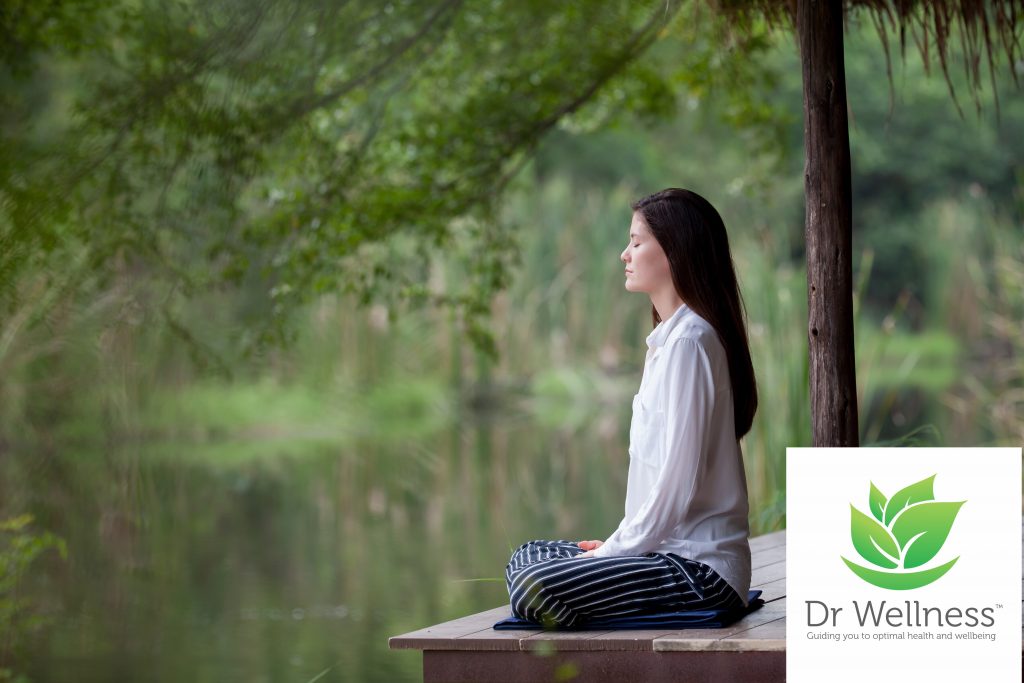Meditation
Due to the popularity of my November ‘Wellness Top Tips’ Column, I am going to focus on each Wellness tip in more detail over the next 10 or so columns. The first top tip for improved health and well-being is Meditation. Meditation is a powerful technique that is becoming more and more popular. In 2012 8% (18 million) of US adults meditated on a regular basis, almost as many as regularly engage in yoga practice.
Why meditate?
There is plenty of evidence regarding how effective meditation is. Those who meditate reduced the chance of getting cancer by 55 percent and the chance of being hospitalized for coronary (the arteries that supply the heart) disease by 87 percent. Other studies have shown reduced blood pressure, stress hormone release, pain, anxiety, nervousness and heart rate; and improved sleep, confidence, pre-menstrual syndrome (PMS) symptoms. Benefits for the work environment were shown in a study by a USA chemical company that achieved the following results 3 years after implementing meditation:
- Injuries reduced 70%
- Profits increased 520%
- Productivity increased 120%
- Absenteeism reduced 85%
How to meditate
Meditation does not need to involve sitting cross-legged on the floor chanting ‘ohm’. There are a multitude of great apps, books, websites, CDs/DVDs that can guide you on meditation techniques and are easy to follow. My favourite meditation apps are Buddhify, Calm and Headspace. All track your progress and have different meditation programs for different situations. Some even have SOS meditation sessions for those extra tricky moments of our lives! The following 4 simple steps is an introduction to meditation. 1-3 minutes a day is a good start, eventually building up to 10 mins a day at least.
- Sit or lie comfortably on a chair, the floor or a bed.
- Close your eyes.
- Don’t try to control your breathing; breathe naturally.
- Focus your attention on the breath and on how your body moves with your breath without trying to control your breath. If your mind wanders, return your concentration back to your breathing.
Types of meditation
Concentration meditation involves focusing on a single point, e.g. your breath or a candle. If your mind wanders, bring it back to the object of your focus. Mindfulness meditation involves you observing your wandering thoughts without judging or mulling over them. Buddhist meditation involves cultivating compassion by recalling negative events and replaying them more positively. Transcendental meditation (TM) involves repeating a mantra that has been assigned by a certified TM instructor. There are also moving meditation techniques, such as tai chi, qigong, and walking mindfully.
I cannot recommend meditation highly enough. Even children benefit from meditation. There is a great book called ‘Sitting still like a frog’ by E Snel that teaches children 5-12 to meditate. In my next column I’ll discuss a very similar technique called Mindfulness or being ‘in the moment’.

